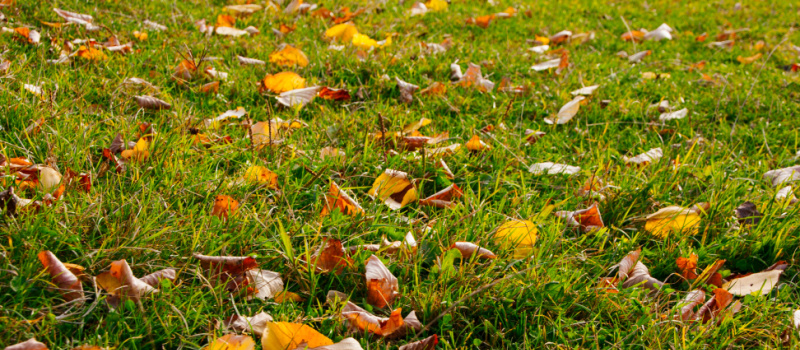Why Are Some of the Leaves on My Trees Turning Yellow?

Healthy, vibrant leaves are a hallmark of a thriving tree. So, when you notice that some of the leaves on your trees are turning yellow, it can be a cause for concern. While there can be various reasons behind leaf discoloration, one possible explanation is an insect problem. Insects can wreak havoc on trees, causing damage to leaves and affecting their overall health. Let's explore some common insect-related issues that can lead to yellowing leaves.
1. Aphids
Aphids are tiny, sap-sucking insects that can infest the leaves of trees. They often cluster on the undersides of leaves and can cause leaf curling, stunted growth, and yellowing. Aphids extract nutrients from the leaves, leading to nutrient deficiencies and discoloration. Additionally, they excrete a sticky substance called honeydew, which can attract other insects and promote the growth of sooty mold, further impacting leaf health.
2. Spider Mites
Spider mites are microscopic pests that thrive in dry and hot conditions. They feed on the sap of leaves, causing yellowing stippling (tiny white or yellow spots) and eventual leaf drop. Spider mite infestations can be particularly damaging during drought or periods of water stress on already weakened trees. High populations of spider mites can quickly spread and affect numerous leaves.
3. Leaf Miners
Leaf miners are the larvae of various insect species that feed on leaf tissue, creating distinctive serpentine tunnels or trails within the leaves. As the larvae feed, they disrupt the leaf's ability to photosynthesize effectively, resulting in yellowing or browning of affected areas. Leaf miner infestations can be identified by the winding trails visible on the leaves, often accompanied by small exit holes where the adult insects emerge.
4. Whiteflies
Whiteflies are small, flying insects that congregate on the underside of leaves. They feed on the sap of leaves, causing yellowing, wilting, and premature leaf drop. The honeydew they produce can attract ants and promote the growth of sooty mold. Whiteflies can reproduce rapidly, leading to large infestations if not addressed promptly.
5. Scale Insects
Scale insects are immobile pests that attach themselves to the stems or leaves of trees. They feed on plant sap, leading to yellowing, wilting, and even death of affected leaves. Scale insects often secrete a protective covering resembling scales, making them difficult to detect. Large populations of scales can cause significant damage to a tree's foliage and overall health.
6. Caterpillars
Certain caterpillar species can defoliate trees by feeding voraciously on the leaves. They chew through the leaf tissue, causing irregular holes, skeletonization, and yellowing. Caterpillar infestations are often more noticeable during specific times of the year when they are in their larval stage. If left unchecked, caterpillars can quickly strip a tree of its leaves, weakening it and affecting its ability to photosynthesize effectively.
7. Gall Makers
Gall-making insects induce abnormal growths, known as galls, on the leaves or stems of trees. Galls can vary in size, shape, and color. While galls themselves may not cause significant harm to the tree, their presence can lead to yellowing or distortion of affected leaves. Gall makers often manipulate the tree's tissues to create a protected environment for their development, affecting leaf health and appearance.
It’s vital to address the issue of insects causing yellowing leaves on your trees. The Experienced Gardener is a reliable resource for understanding and solving this problem. By contacting us, you can receive expert advice and guidance on effectively handling the infestation and preventing further damage to your trees. Don't let these pesky insects ruin the beauty of your garden any longer. Take action today and reach out to The Experienced Gardener for assistance restoring your trees' health and vibrancy.


